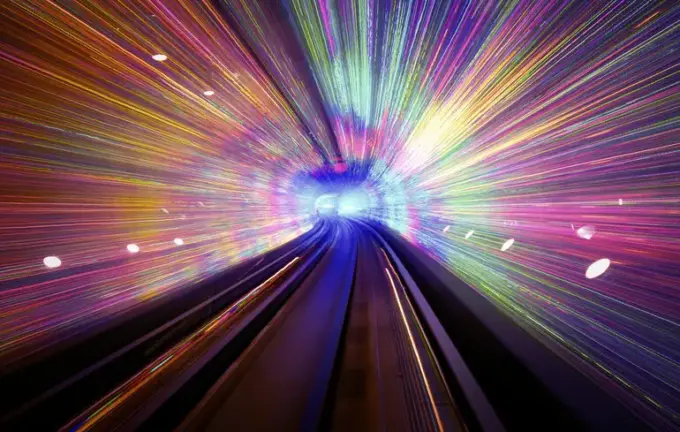In-Depth Exploration of Theoretical Time Travel Possibilities: Current Research and Future Prospects

Scientists from Australia have taken a significant step forward in exploring the hypothetical scenarios of time travel, opening new frontiers in physics and space research.
Utilizing concepts related to Alcubierre spacetime, physicists developed models that allow imagining how one could theoretically move through time, establishing potential limits and conditions for such journeys.
Their work is based on the popular yet still debated idea of a ‘warp bubble’ engine, which creates an insulating shell to shift spacetime from the front to the rear of a spacecraft, bypassing the speed-of-light limit imposed by physics.
The researchers also employed ideas from the Hungarian mathematician Kurt Gödel, proposing the existence of closed timelike curves within spacetime that could theoretically enable time travel with the possibility of returning to one’s past or future.
In a recent publication in the prestigious journal Physical Review D, the team managed to stabilize one of the spacetime dimensions, creating a platform for studying both classical and quantum aspects of time travel.
Investigations into these models help identify possible flaws or paradoxes in time travel theories, contributing to a deeper understanding of their physical plausibility.
While such models might seem purely theoretical or far from practical application, they serve as valuable tools for expanding our knowledge of the universe’s nature and pushing the boundaries of physics.
Ultimately, this research may lay the groundwork for future technological breakthroughs, including the development of warp drive-like engines that could enable humanity to travel vast distances in space at unprecedented speeds.

